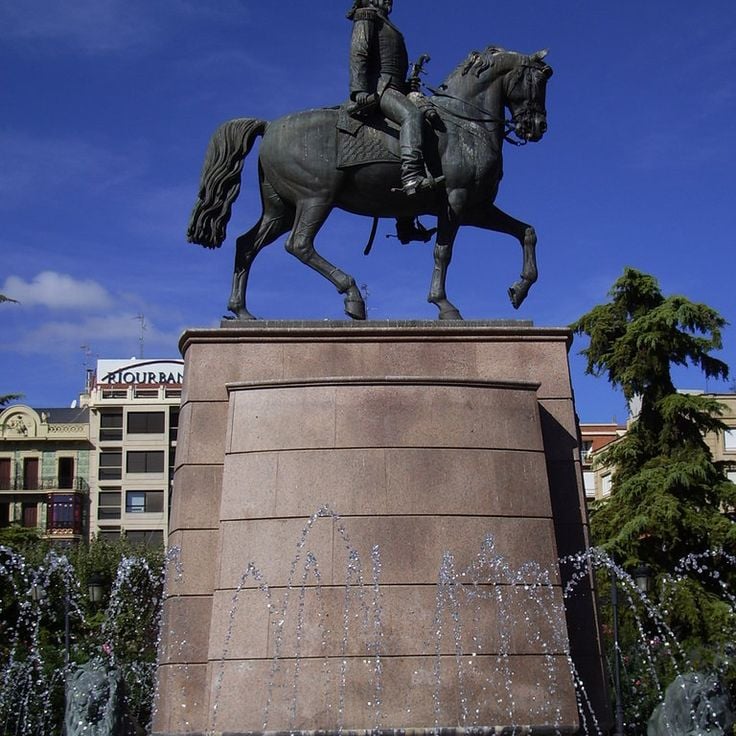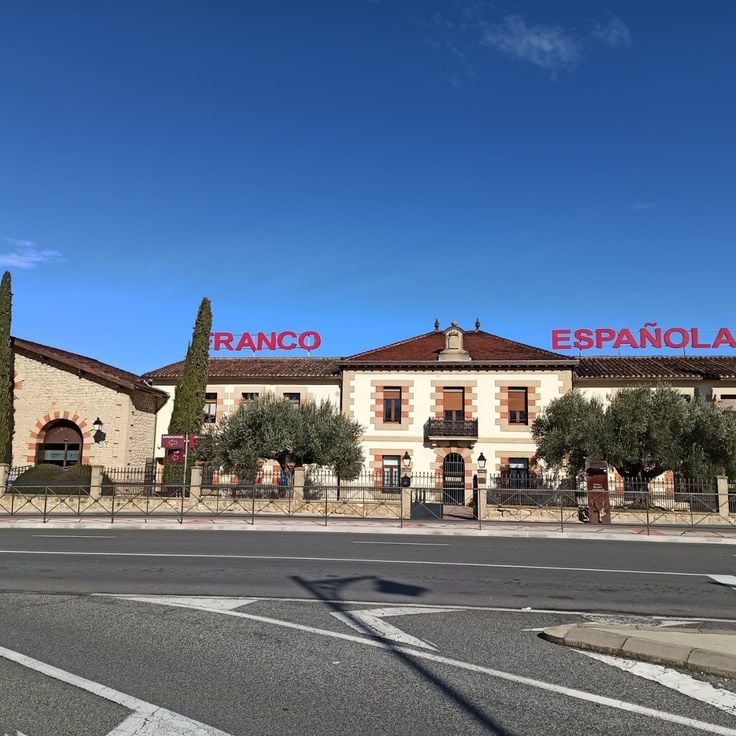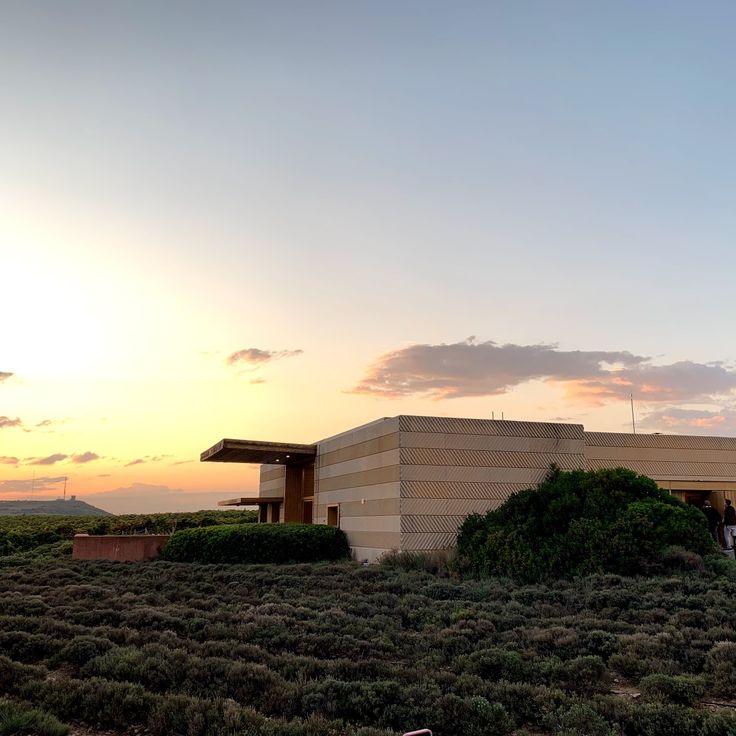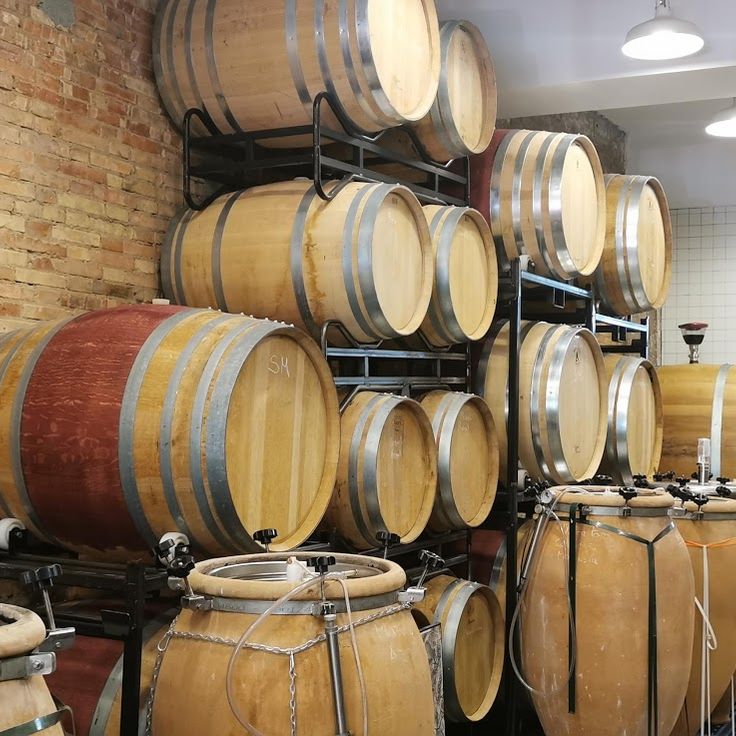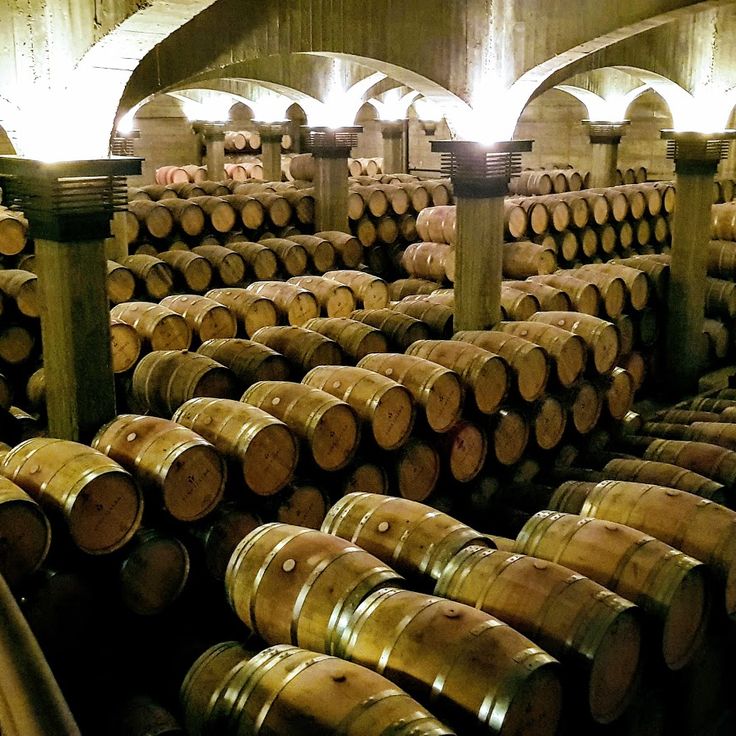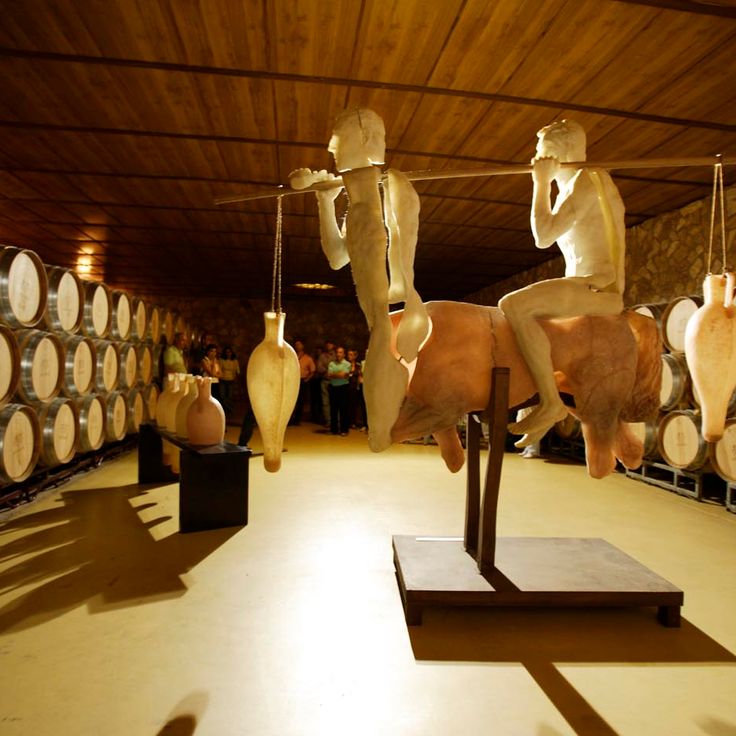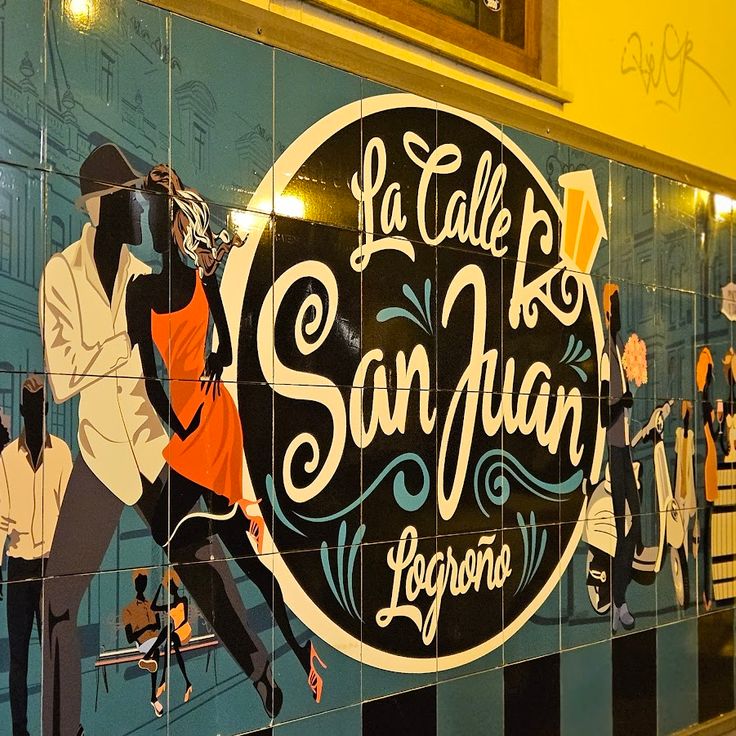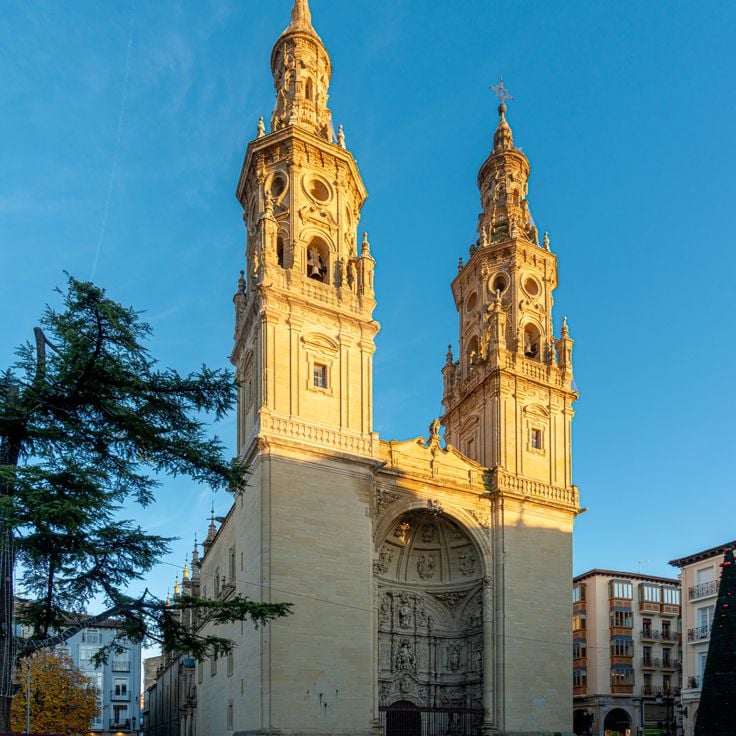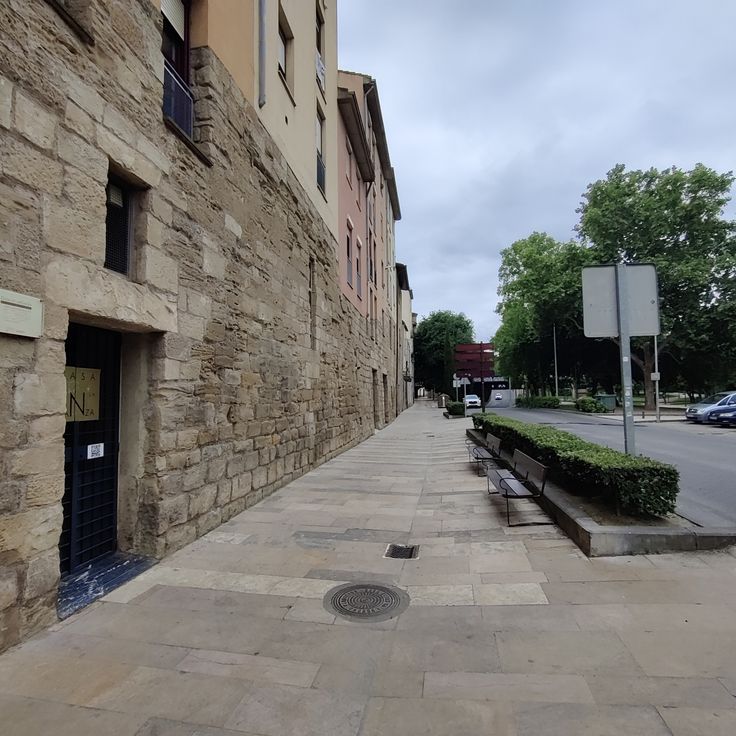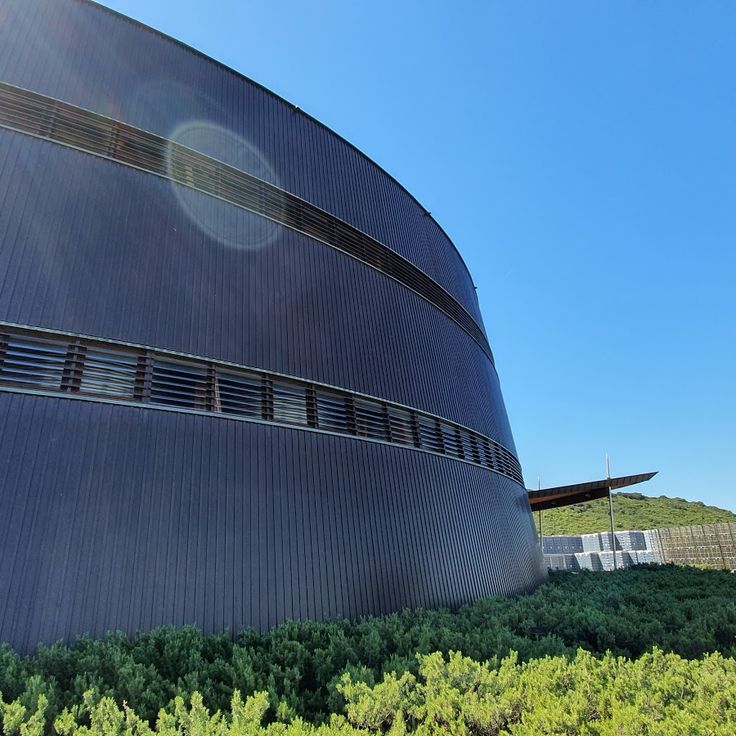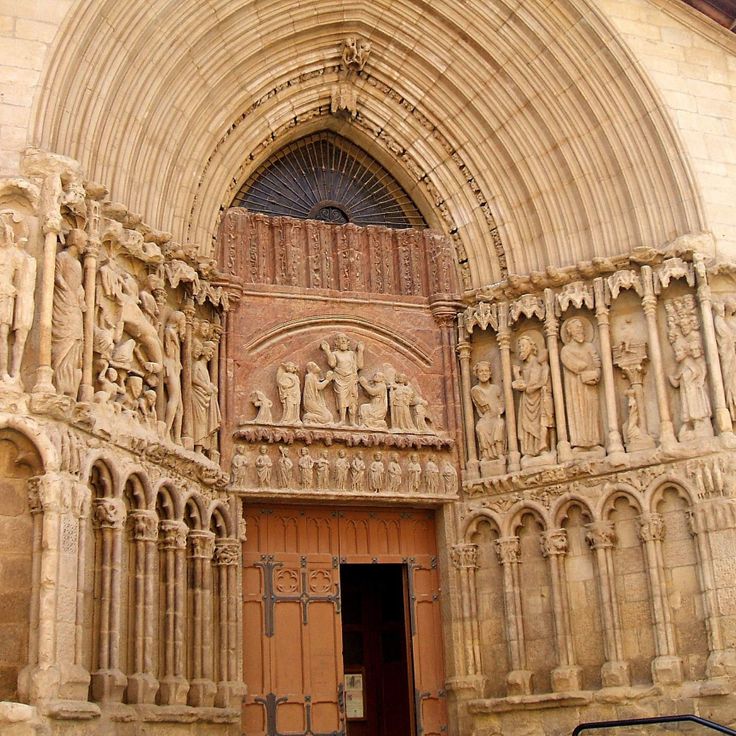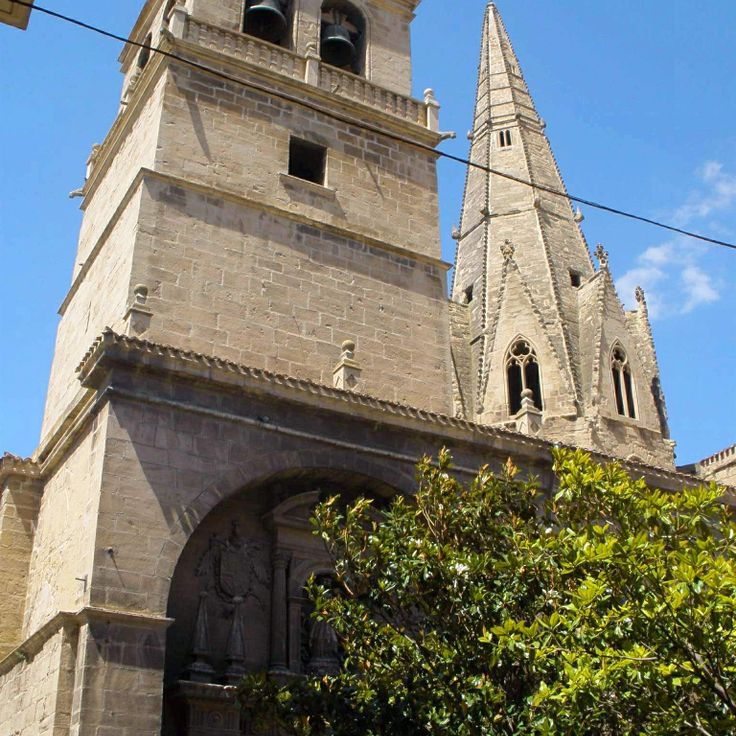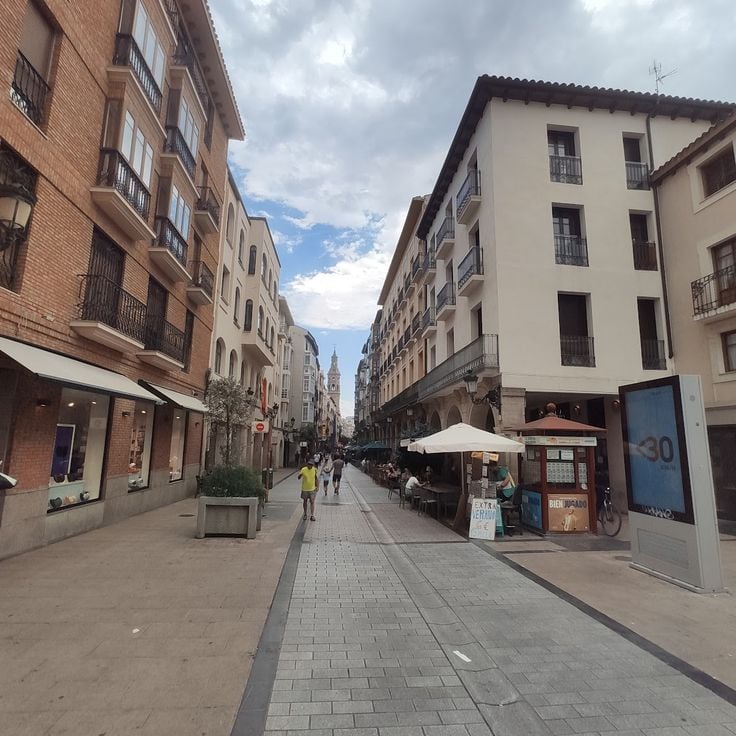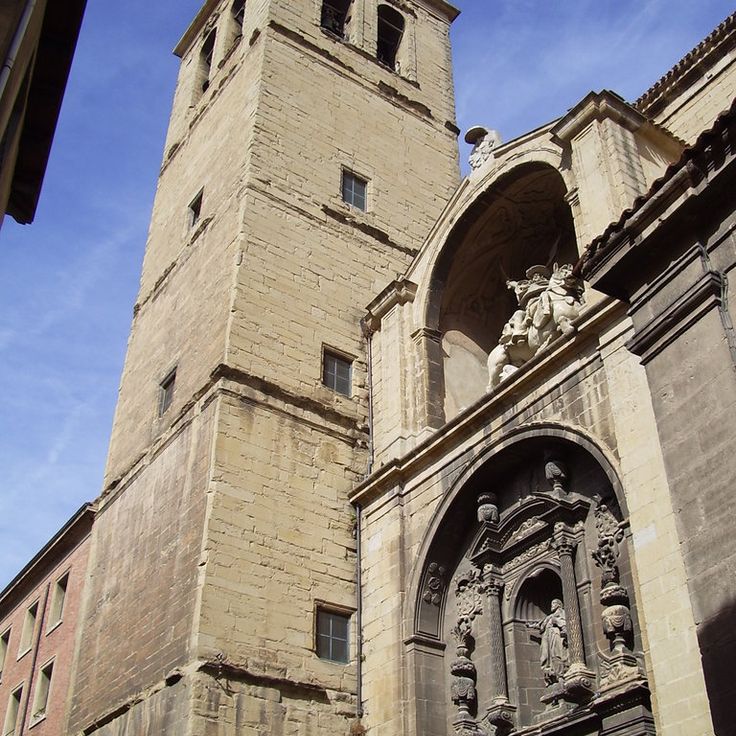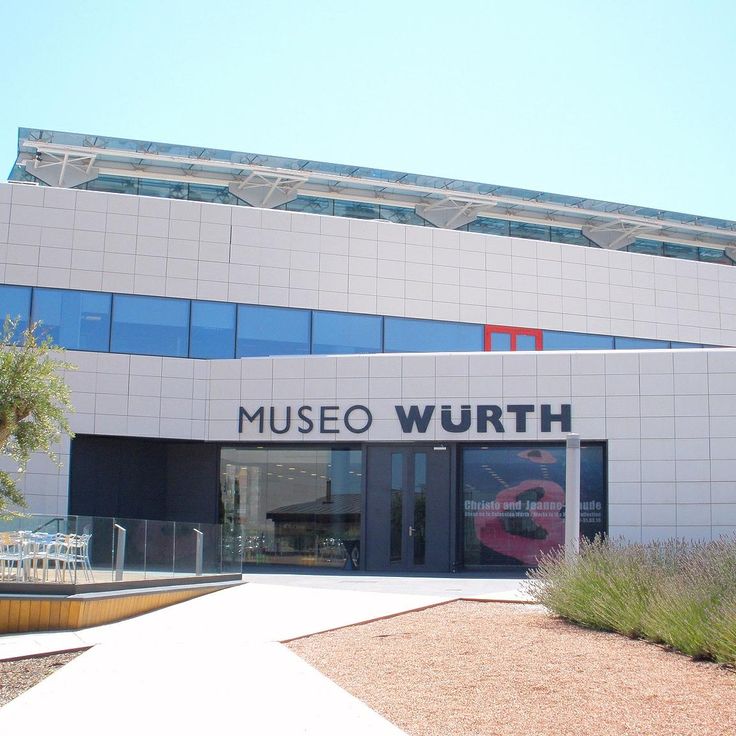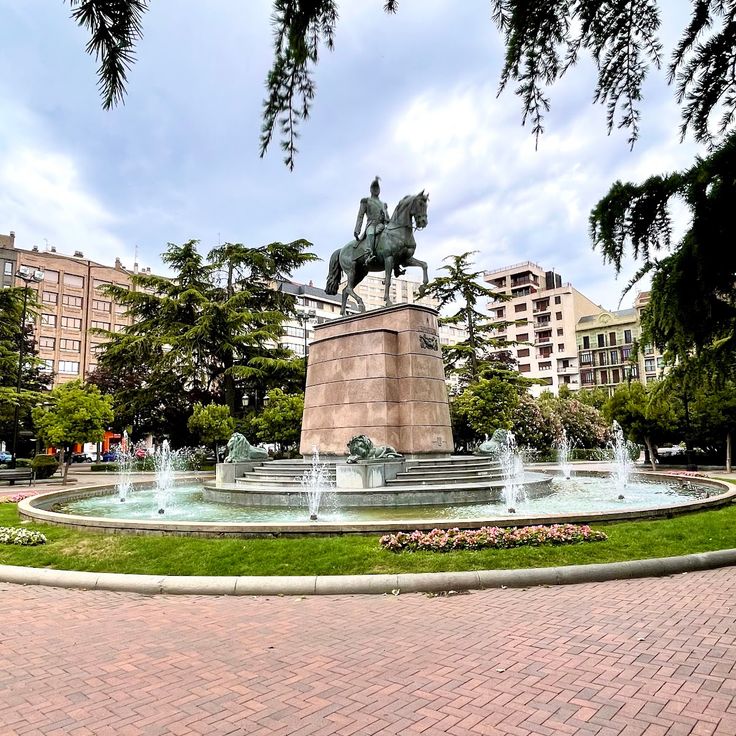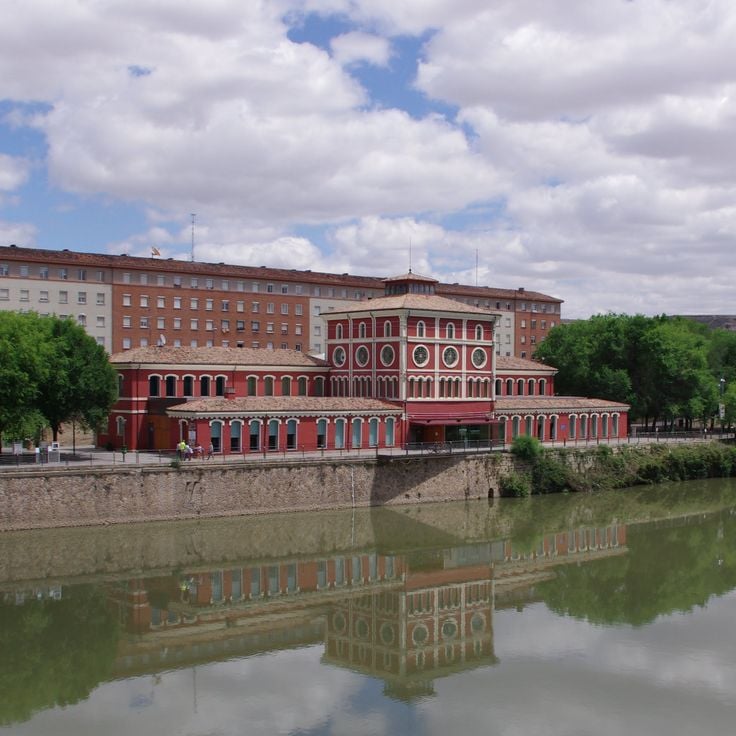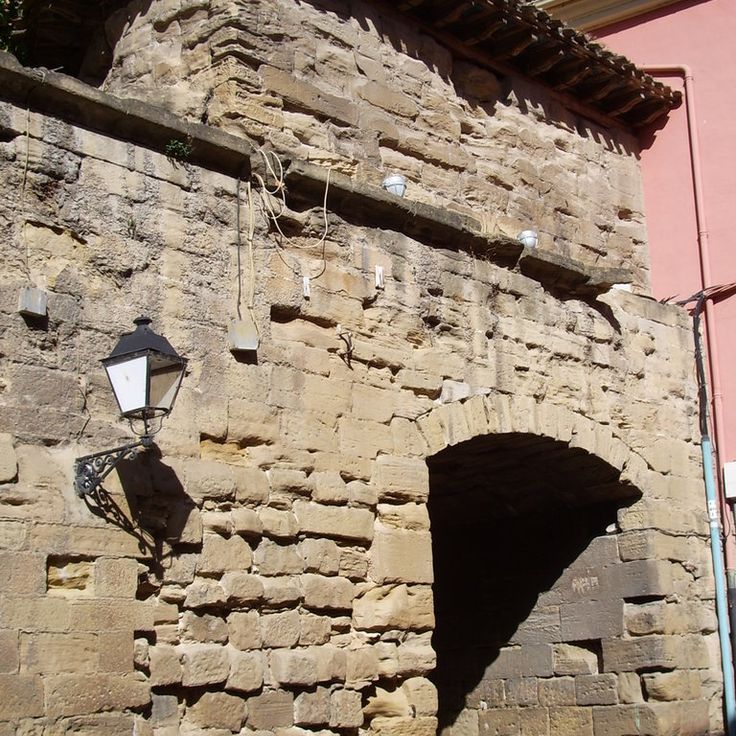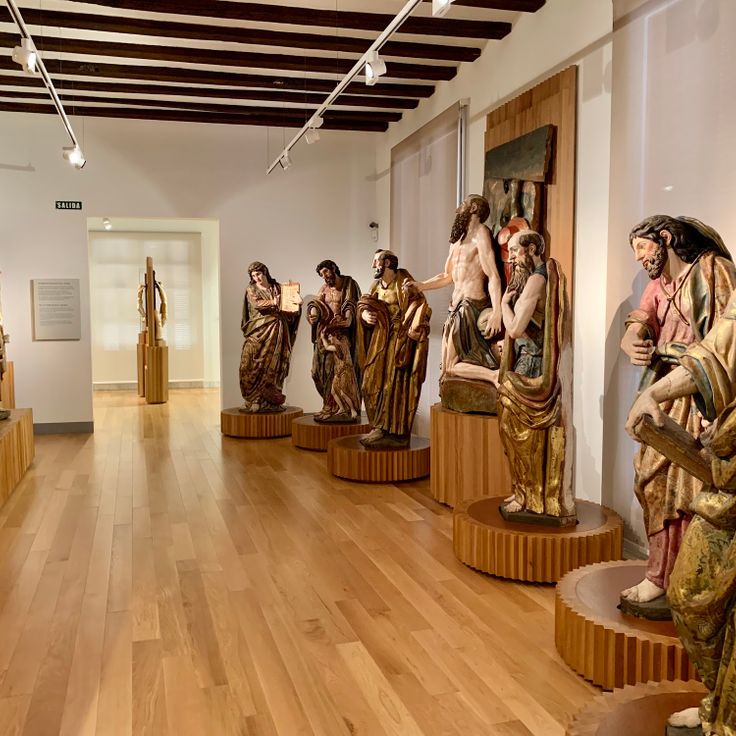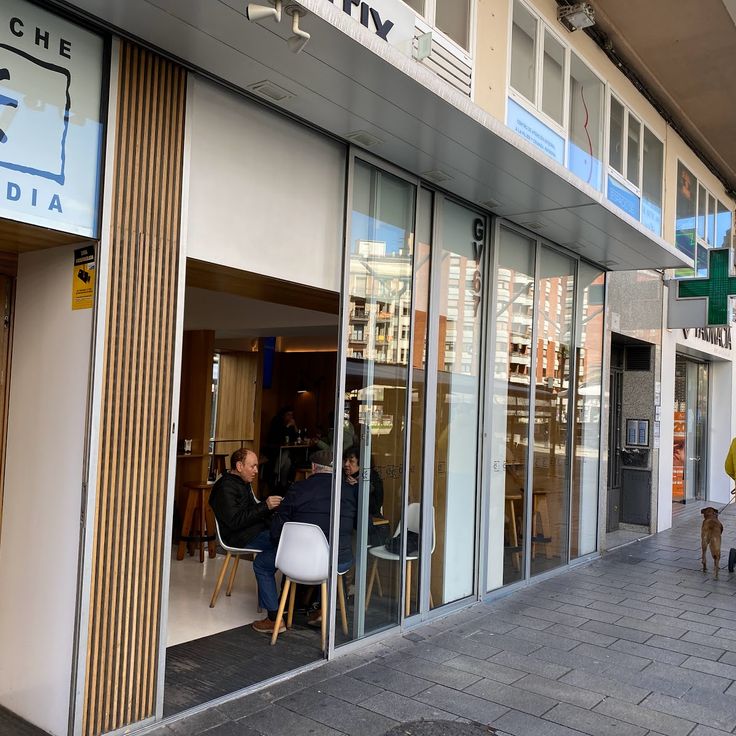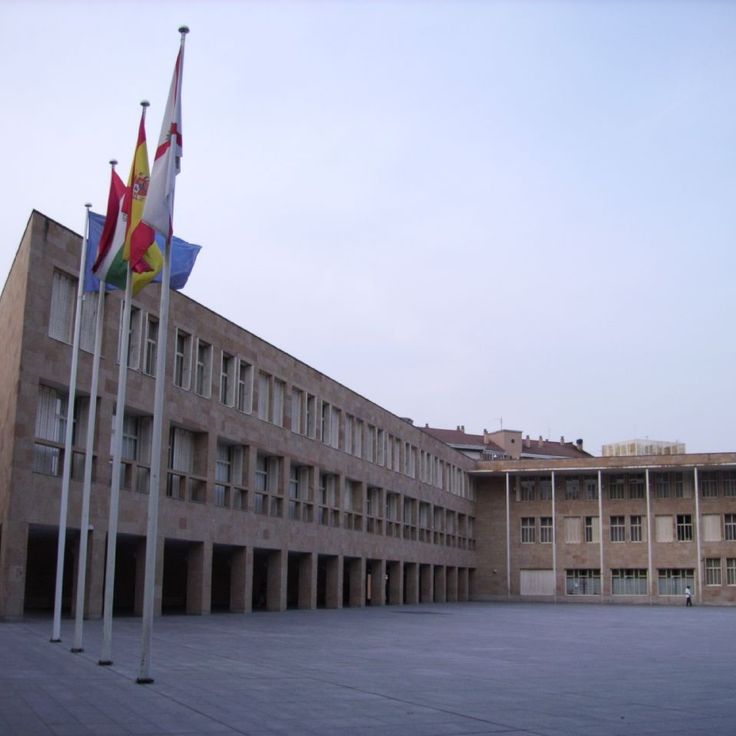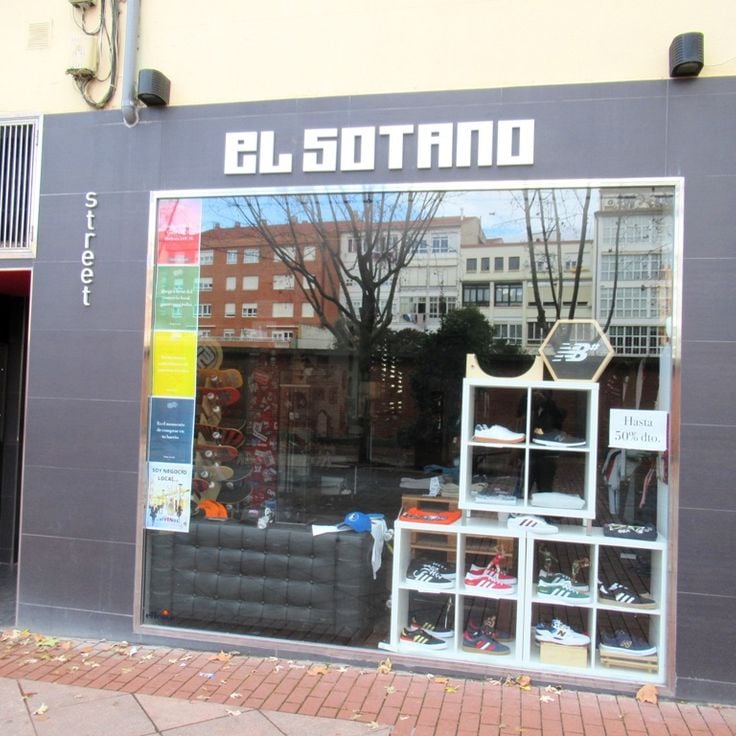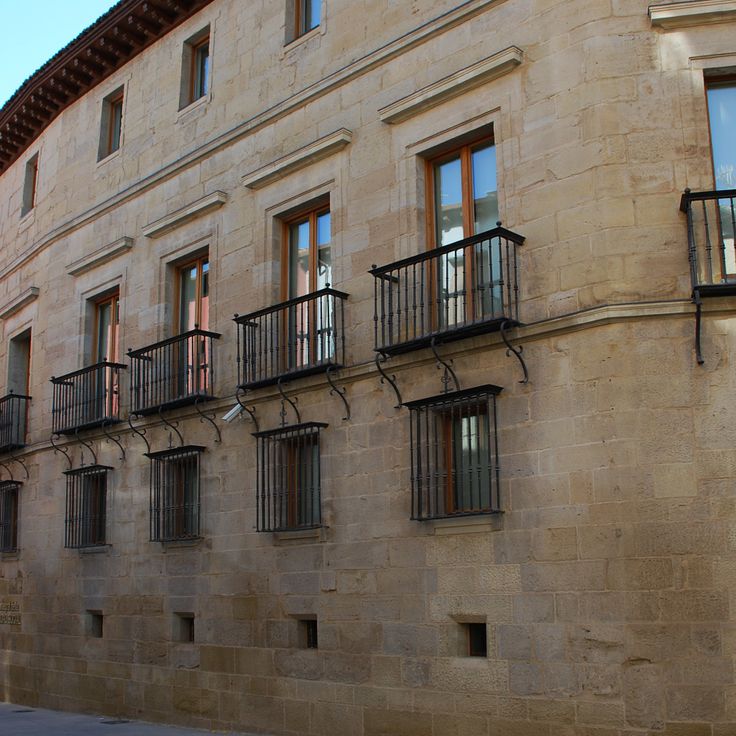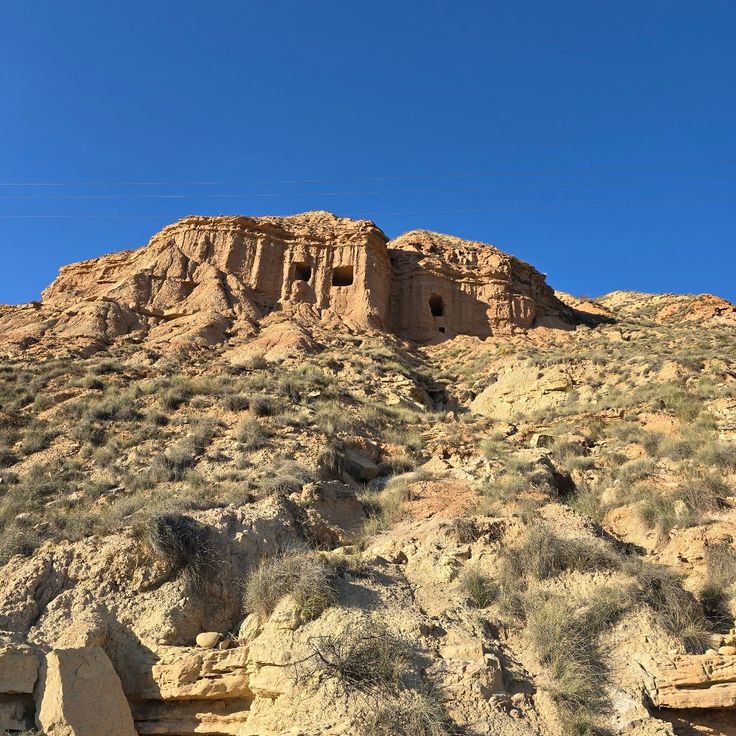Logroño is a city where wine and history come together naturally. The old town features narrow streets with arcades, lined with restaurants and bars where visitors can taste local food and watch daily life unfold. Gothic churches mark the skyline and speak to the city's past, while historical palaces stand along the streets. Museums here show art and the region's heritage. Wineries are central to the experience. Places like Marques de Murrieta, Bodegas Franco Españolas, and Bodegas Campo Viejo offer tours and tastings. Visitors can learn how Rioja wines are made and sample different varieties. The cellars often sit in old buildings and reveal the traditions that have shaped the region for centuries. The surrounding area invites walking and exploration. The Ebro River and parks nearby offer quiet paths for wandering and resting. The bridge across the river connects different parts of the city and gives views of the landscape. Whether you wander the old town streets, visit a winery, or take a peaceful walk, Logroño offers something for different interests and moods.
Calle del Laurel is a central street in Logroño's old town where traditional establishments line the way. Local residents gather here to enjoy tapas and wine, making it a social hub of the city. The street captures the essence of Logroño's character, which combines wineries, medieval churches, and historical sites. You'll find the arcaded streets typical of the old town, with restaurants and bars welcoming visitors at every corner.
Marqués de Murrieta in Logroño brings together wine heritage and visitor experience. Founded in 1852, this winery invites guests to walk through historic cellars and taste Rioja wines. The estate forms part of Logroño's wine culture, complementing the medieval churches, museums, and arcaded streets that shape the city's character.
Bodegas Franco Españolas is a winery situated along the Ebro River, offering visitors a chance to explore Rioja wine production in Logroño. The winery conducts tours in multiple languages, guiding guests through the winemaking process and providing tastings of locally produced wines. It complements a visit to the city's medieval churches, museums, and the old town with its arcaded streets and restaurants.
Bodegas Campo Viejo is part of Logroño's wine heritage and showcases contemporary production methods for Rioja wine. Here, visitors can learn how wine is made and taste different varieties. The winery sits in a city known for its wine culture, medieval churches, and charming streets lined with restaurants.
The Arizcuren Bodega & Viñedos is a modern winery in Logroño where you can taste regional wines and learn how wine is made. This establishment fits into the city's wine culture, which complements the medieval churches, museums, and arcaded streets that define the old town. Visitors can explore the production methods and understand the traditions behind Rioja wines.
This winery in Logroño contributes to the city's wine heritage and focuses on organic production. The vineyards were developed on former quarries that have been converted into farmland. You can taste Rioja wines here and learn about sustainable wine cultivation. The bodega shows how the area's history connects with contemporary agriculture.
Bodegas Ontañón is a winery in Logroño that shows how wine production has shaped this city and region. The winery offers tastings of Rioja wines and displays about the history of local winemaking. Visitors can explore how wine culture developed here and taste the wines that define the area.
Calle San Juan is a street in Logroño that reflects the city's past. Stone arcades line both sides, creating covered walkways where traditional shops and restaurants sit. Here you can try regional food and watch daily life unfold. The street shows how locals shop, eat, and spend their time. It is part of the old town, where you also find medieval churches and historical buildings.
Santa María de la Redonda is a 15th-century religious building in the historic center of Logroño. Its twin towers stand out in the urban landscape as part of the city's Gothic churches and historical character. Inside, three naves create the interior space of this co-cathedral. This building represents the medieval religious heritage that shapes Logroño's old town, where arcaded streets and historic structures define the atmosphere of the center.
La Rioja Museum is a regional cultural institution in Logroño that fits naturally into the city's diverse museum offerings. The museum spans three levels and presents archaeological collections, ethnographic exhibits, and artistic works that reflect the history and culture of the region. Free entry makes it an accessible destination for visitors seeking to understand the local identity and heritage of Rioja.
Viña Real Cellar is a winery in Logroño where visitors can taste and learn about wines produced in the La Rioja region. This tasting room is part of the city's wine culture, which connects to the surrounding wineries and wine routes that define the area.
San Bartolomé Church is a 13th-century religious monument with Gothic architecture. Rib vaults and cylindrical columns define its structure. This church is one of the historical buildings that shape Logroño's urban landscape. It stands in the heart of the old town, where arcaded streets lead to restaurants and plazas. The church forms part of the city's religious heritage alongside other medieval structures.
Santa María de Palacio Church is a 12th-century Gothic building in Logroño that shapes the city's character alongside other historical churches and palaces. The structure features a distinctive octagonal spire, a medieval cloister, and a 16th-century Flemish art altarpiece. Within Logroño's collection of wineries, churches, and museums, this church offers visitors a connection to the religious and artistic heritage of the region.
The Stone Bridge is a medieval bridge in Logroño with twelve arches built in the 11th century that spans the Ebro River. It has served for centuries as a crossing point on the Way of Saint James, connecting the old town with areas beyond the river. The bridge displays the Romanesque architecture of its era and stands as a central element in Logroño's river landscape.
The Natural Park of La Grajera is a green retreat in Logroño where visitors can walk on trails around an artificial lake, play golf, or rest in designated areas. As part of the city's collection of attractions that blend medieval churches, wineries, and cultural spaces, this park offers a chance to enjoy nature close to the historic center and the Ebro River.
Portales Street is the main thoroughfare in Logroño's historic center and the heart of the old town. Stone arcades line both sides of the street, providing shelter and shade for the traditional shops and typical Rioja tapas bars below. Walking along this street connects you to the medieval churches and historic palaces that define the area, with smaller streets and plazas branching off in all directions.
This church is a 16th-century religious building in Logroño and stands among the Gothic churches that define the urban landscape. It features a Baroque façade, Gothic design, and a stone octagonal bell tower. The church represents the historical and spiritual character of the city.
The Würth Museum is a modern art center in Logroño that presents international contemporary exhibitions. It complements the city's cultural offerings, which also include wineries, medieval churches, and historical museums. The museum occupies a contemporary building and provides visitors with a space to experience current artistic works while exploring Logroño's traditional architecture and wine heritage.
The Spur Walkway is a central avenue in Logroño featuring tree-lined pathways with an open-air auditorium, fountains, and benches for visitors. This walkway complements the collection of tourist attractions, connecting the old town with its arcaded streets and nearby parks. It offers a place to stroll through the heart of the city and enjoy the surrounding landscape while exploring Logroño's wineries, churches, and museums nearby.
The Teatro Bretón de los Herreros is a performance hall in Logroño built in 1880 with neoclassical architecture and 944 seats. This theater hosts plays, concerts, and operas, adding to the cultural offerings of a city known for its wineries, medieval churches, and museums.
The Ibercaja Cultural Center is a cultural establishment in Logroño, fitting into a city known for its wineries, medieval churches, and museums. Throughout the year, this center offers temporary exhibitions, concerts, lectures, and workshops open to the public. It adds to the cultural life of the old town with its arcaded streets and dining spots, as well as to the historical character defined by Gothic churches and palaces.
The House of Sciences is a science museum in Logroño housed in a renovated former slaughterhouse. It features permanent exhibitions on nature and the environment. As part of Logroño's tourist attractions, it complements the city's wineries, medieval churches, and museums. The old town with its arcaded streets and restaurants, along with the Ebro River and surrounding parks, offers visitors plenty to explore.
Ebro Park is a large public green space in Logroño that complements the city's offerings of wineries, medieval churches, and museums. The park features walking paths, playgrounds, and open green areas along the Ebro River. It serves as a place where visitors can stroll, exercise, and enjoy nature while exploring the attractions that define this city's character.
The Revellin Towers are medieval structures from the 12th century that once protected Logroño from invasions. These defensive fortifications are part of the city's historical fabric and complement the other medieval churches and palaces that shape the urban landscape. Walking through this area gives you a sense of how the city was built to withstand attacks and defend its residents.
Espartero Palace is a 19th-century historical residence that now serves as a regional museum in Logroño. Visitors can explore archaeological and ethnographic collections from La Rioja, gaining insight into the local history and culture. The palace itself contributes to the character of the city, where Gothic churches and historical structures shape the urban landscape.
Avenue Juan Carlos I is a main thoroughfare in Logroño where you walk among shops, restaurants, and residential buildings from the early 20th century. This street connects the historic quarters with modern shopping areas and gives visitors a direct sense of daily life in the city, while displaying the architecture of different periods that reflect Logroño's growth as a wine center and regional hub.
Logroño City Hall is a contemporary municipal building opened in 1981 with a glass and steel façade, located on the city's main square. This structure fits into Logroño's setting, where medieval churches, historic palaces, and wineries shape the urban landscape. The building stands near arcaded streets filled with restaurants and walking paths along the Ebro River, making it a reference point in the heart of the city's cultural and commercial life.
Herrerías Street is a medieval street in Logroño's old town, part of the city's rich collection of historical attractions. The street once housed blacksmiths' workshops and retains its original cobblestones and traditional façades. Walking through this street connects you to the daily life of medieval craftspeople who shaped the character of the city.
The Palace of the Marquis del Monasterio is one of Logroño's historical buildings that shows how the city's architecture has developed over time. This palace combines Renaissance elements with 18th-century restorations and contributes to the character of the old town, which is defined by arcaded streets, restaurants, and historical palaces. Together with the wineries and Gothic churches of the city, this palace is part of what makes Logroño worth exploring.
The Cantabria Site is an important location for visitors exploring Logroño's history. This archaeological site south of Mount Cantabria contains remains from the Iron Age, the Roman period, and the Middle Ages. It complements the medieval churches and historical palaces that define the city's character, offering insight into the different eras that shaped this region.
